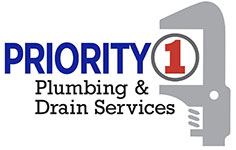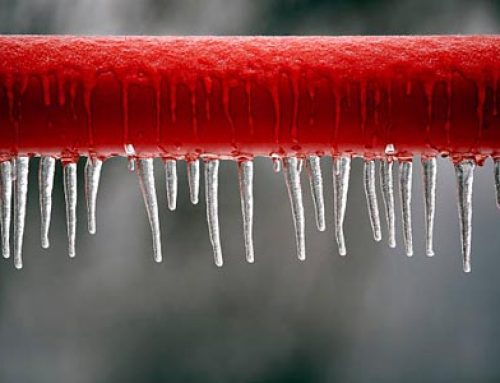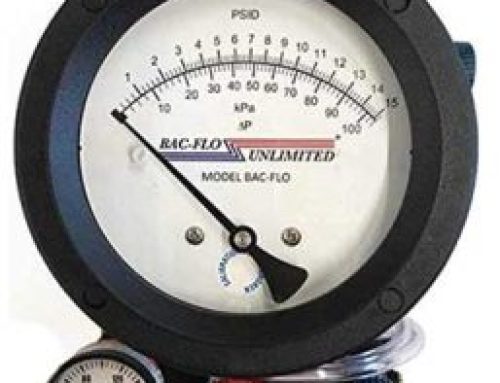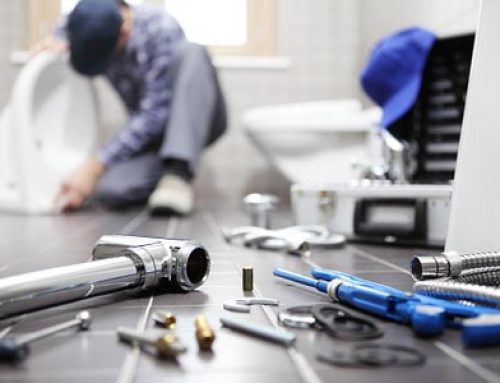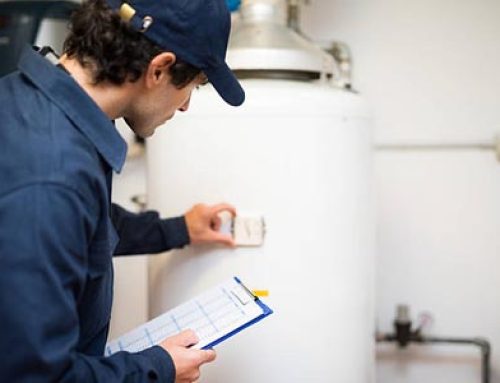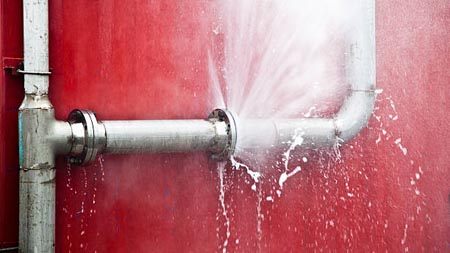
Unattended plumbing leaks are a common household issue that can cause serious harm. They can also waste a lot of water, raising water bills and environmental concerns. Detecting and repairing plumbing leaks immediately can save you time and money. In this article, we will provide you with a step-by-step guide to detecting and fixing common plumbing leaks.
3 Ways to Detect Common Plumbing Leaks
Although not all leaks are audible or apparent, finding a plumbing leak can be difficult. Some leaks might continue for months without being discovered, resulting in considerable damage and costly repairs. Following are some methods for spotting typical plumbing leaks:
Check Your Water Meter
Checking your water meter is one of the simplest ways to look for leaks. Start by shutting off all water sources in your house, including taps, showers, and water-using appliances. Note down the meter reading and wait a few hours without any water consumption. There is a leak if the meter reading has changed.
Visually Inspect the Property
A visual investigation can find certain leaks that are obvious. Examine the walls, floors, and ceilings for water stains, fungus, and mildew development. Look for any indications of water damage or moisture in cabinets and vanities.
Use Food Coloring
Use food coloring to find any leaks you think the toilet may have. Put a few drops of food dye in the toilet tank and let it sit without flushing for a while. It suggests a leak if the color leaks into the toilet bowl.
3 Ways to Fix Common Plumbing Leaks
Once you’ve detected the source of the leak, here’s how you can fix it:
Faucet Leaks
Most tap leaks are caused by gaskets, washers, or O-rings that are worn out. Start by cutting off the water flow to the tap in order to address a leak. Unscrew the nut holding the stem in place, then take off the handle. Reassemble the tap after replacing the gasket, O-ring, or worn washer.
Toilet Leaks
A broken fill valve or a defective flapper valve typically brings on toilet leaks. Start by cutting off the water supply to the toilet before attempting to mend a leak. Flush the toilet after removing the toilet tank lid.
To ensure good sealing:
- Inspect the flapper valve.
- Replace it with a new one if it isn’t.
- Check the fill valve for any leakage or damage if the flapper valve is functioning correctly.
- Replace it if needed.
Pipe Leaks
Pipe leaks can be challenging to find and repair because they might occur in areas where they are not visible, like walls and ceilings. Start by cutting off the water supply to where the leak originated. Use a pipe cutter or hacksaw to remove the damaged pipe portion. Use couplings and clamps to install the replacement pipe segment, then restart the water supply.
Finding and fixing common plumbing leaks is crucial to avoiding severe property damage and water bill costs. The above step-by-step guide will help you locate any minor plumbing leaks and take the necessary action to fix them before they worsen.
Although doable, we would still suggest hiring a professional plumbing company to fix and detect leaks if you don’t have prior experience working with plumbing systems.
